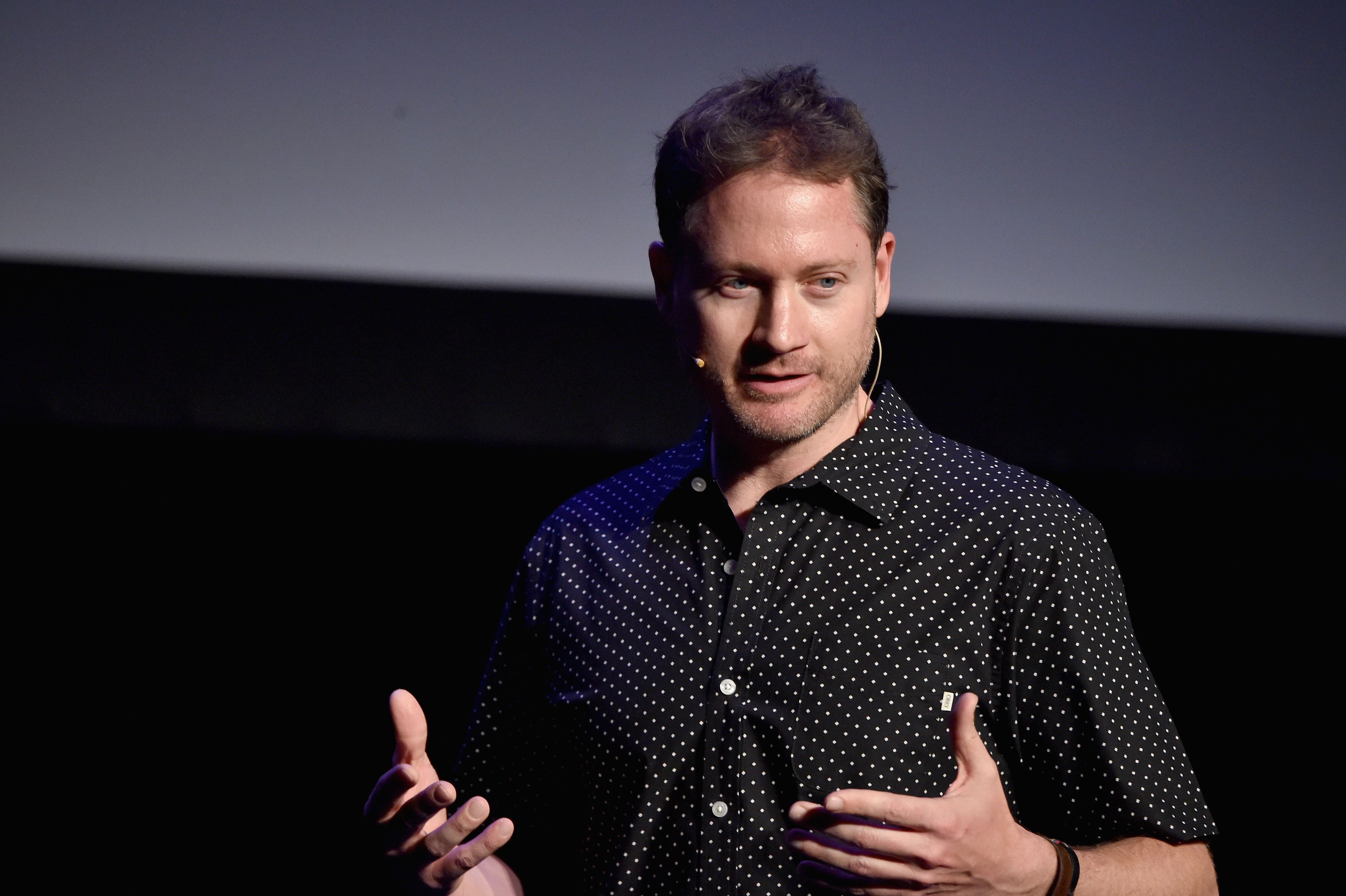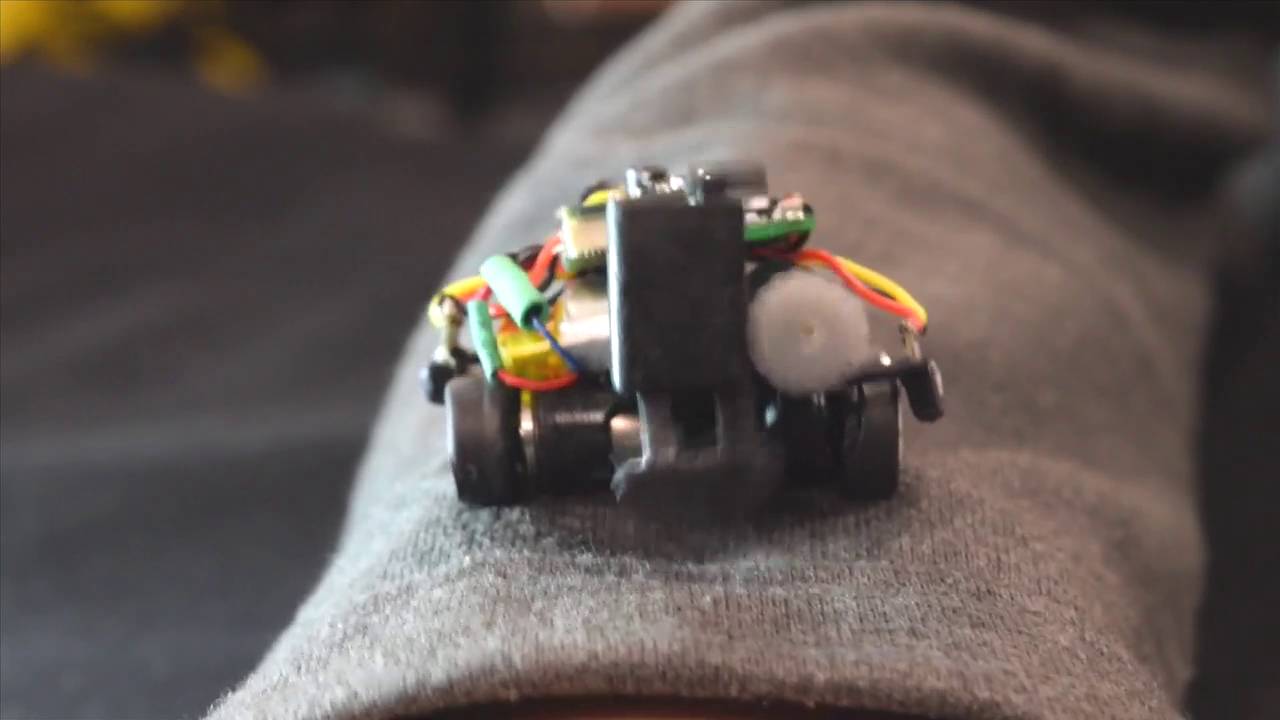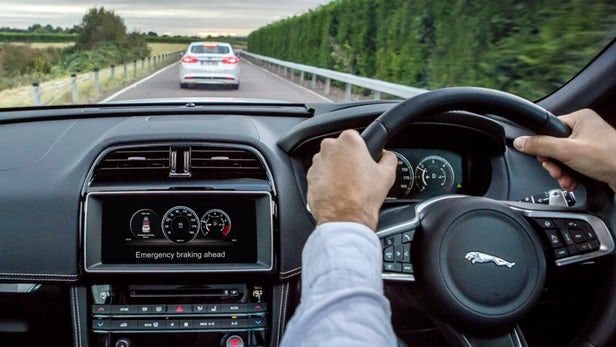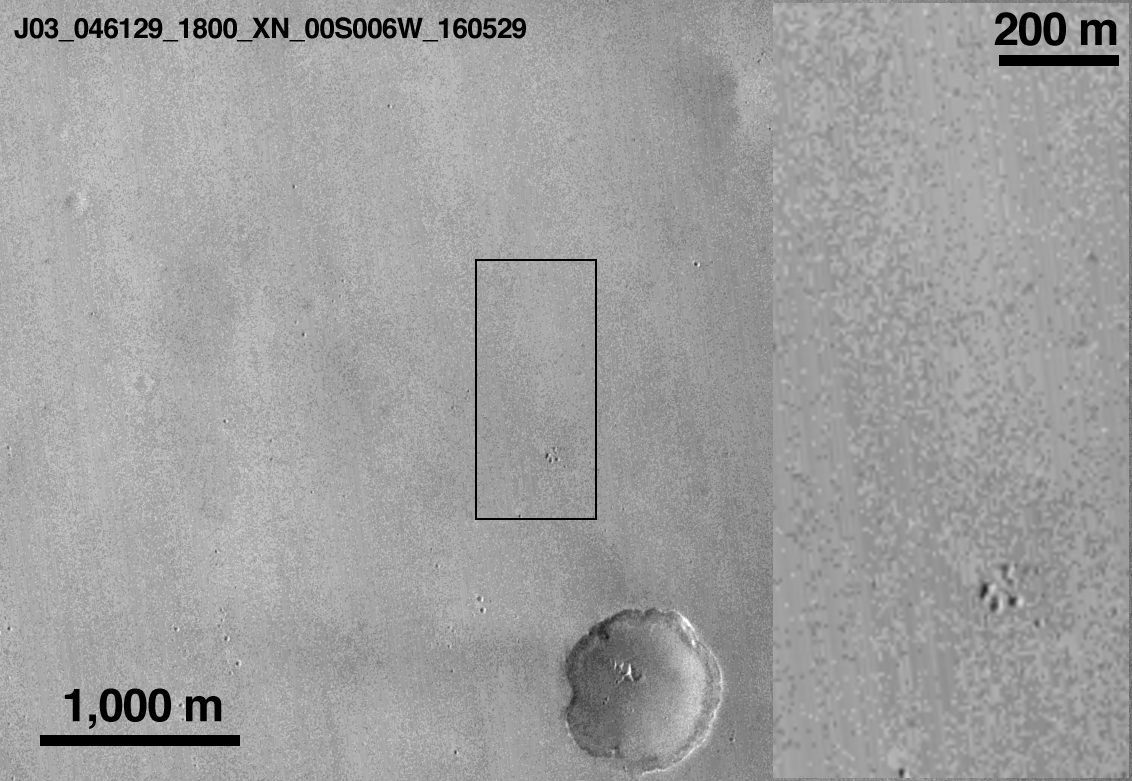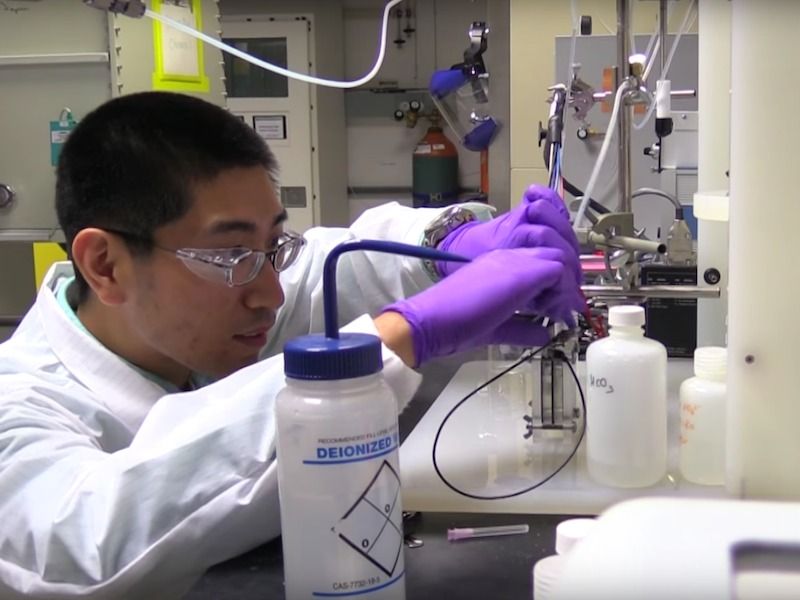Rebooting the immune system just got a bit easier. This could potentially be used to treat autoimmune diseases and just as exciting some of the aging processes.
A dietary approach to depleting blood stem cells may make it possible to conduct bone marrow transplantations without the use of chemotherapy or radiation therapy, according to researchers at the Stanford University School of Medicine.
The discovery, made in collaboration with researchers at the University of Tokyo, may also become a new way to treat certain cancers without chemo or radiation, which can cause severe side effects.
The researchers showed that a diet deficient in the essential amino acid valine could effectively deplete the population of blood stem cells in mice and allow them to be successfully transplanted with blood stem cells from other mice. The researchers also showed that human blood stem cells in the laboratory were affected by a lack of access to valine, suggesting that the same therapeutic approach may work in humans.


